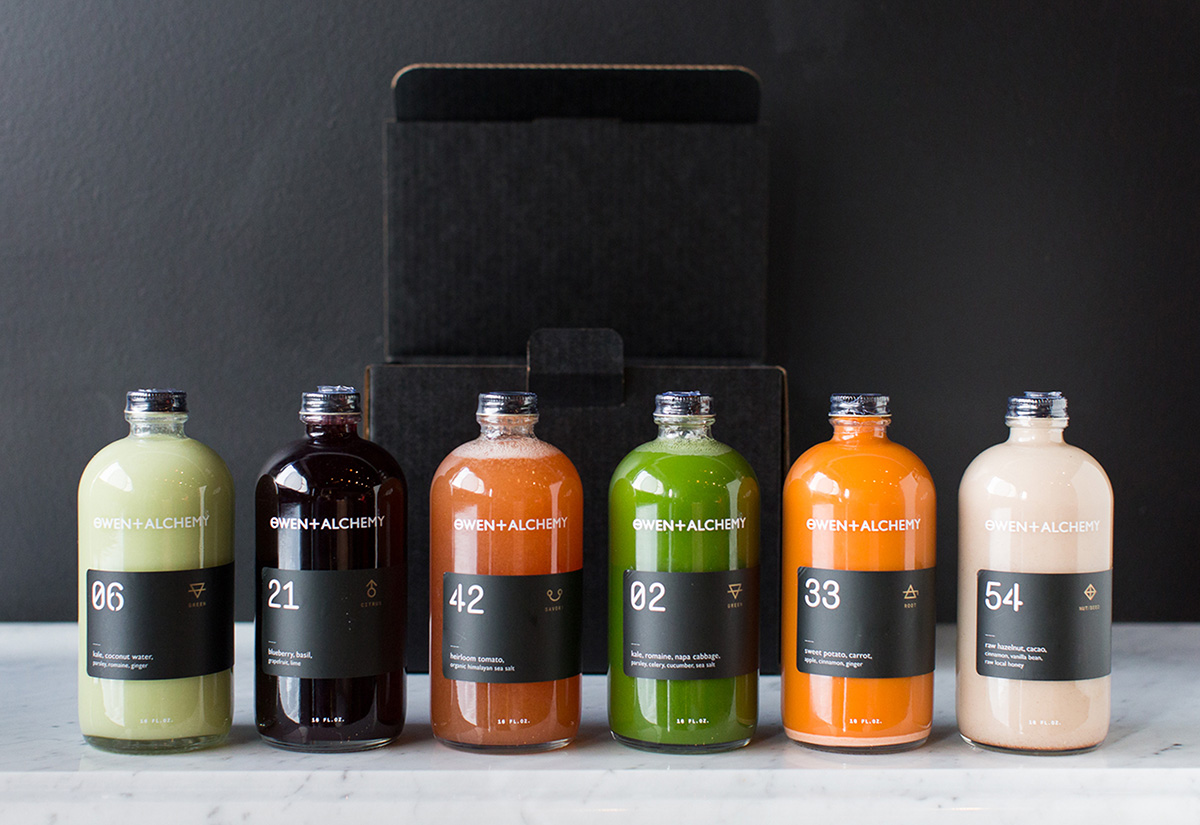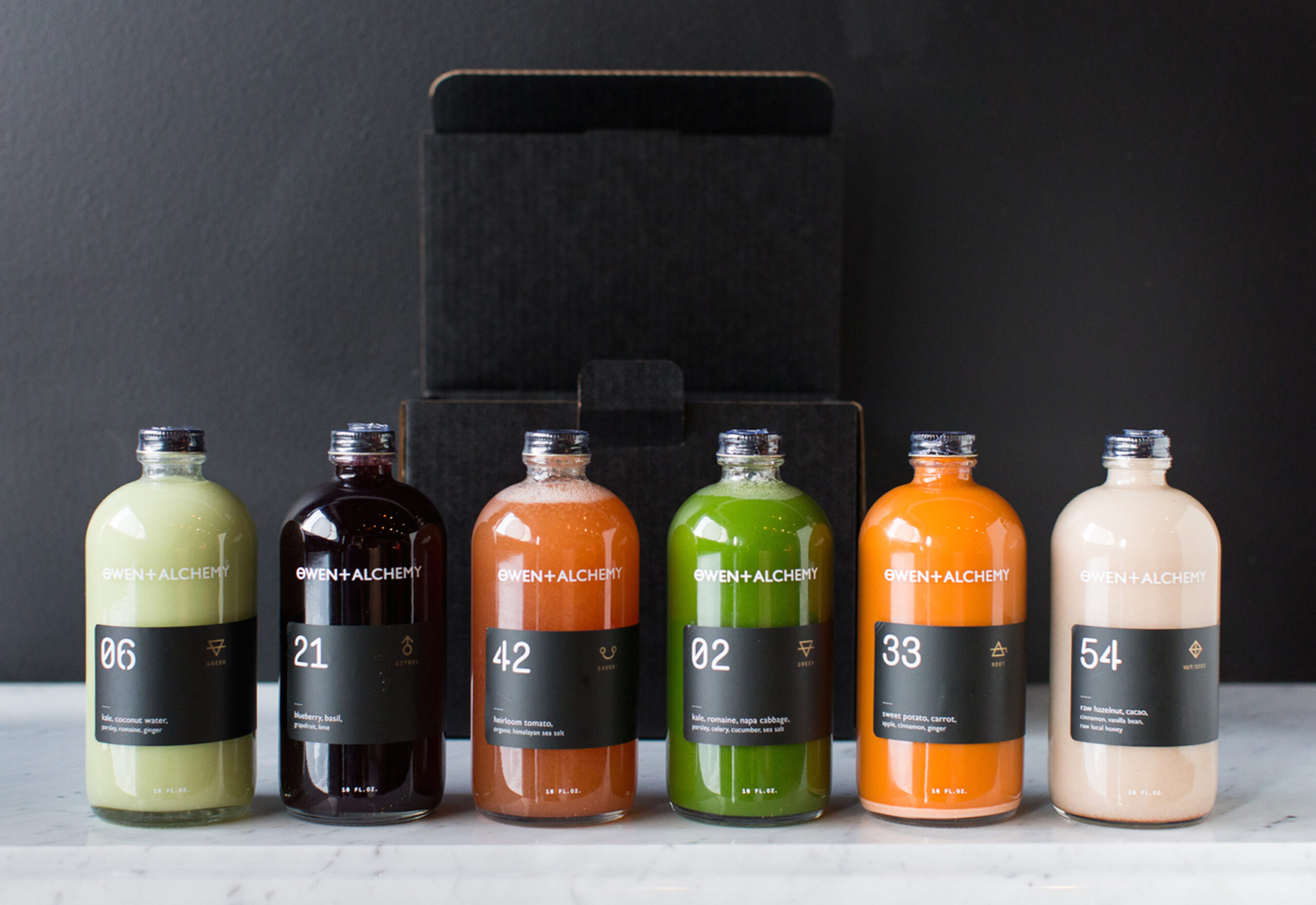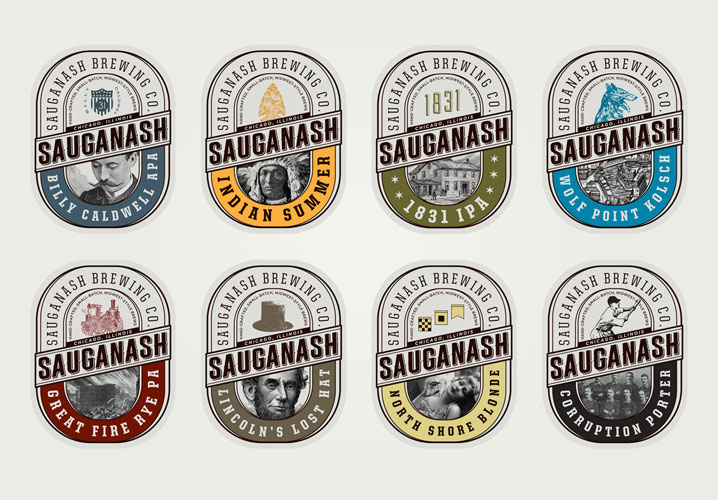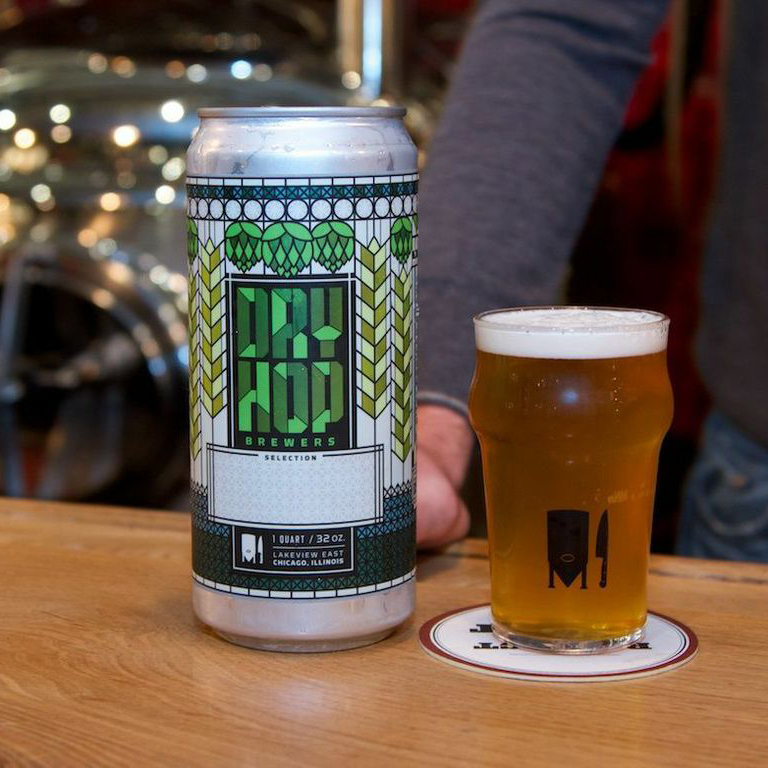8 Steps to Great Label Design: Part 2
1. Get Outta Town
Jack is personally inspired by travel. Different architecture. New cultures. It all feeds into his aesthetic and drives new ideas. Seeing things outside of Chicago really brings on the inspiration.
2. Give a Questionnaire
Jack likes to sit his clients down with a questionnaire before getting started, with questions ranging from “describe your brand in one sentence” to “what colors do you hate?” It’s a great way to tap into them and their product, and to take on their passion and tackle the right tone.
Photo courtesy of Jack Muldowney
3. Mood Boards are Always a Good Idea
A mood board exercise with the client is a great way to learn what they like well before starting a label design project. This eliminates editing rounds and saves time and money. This is how you flesh out your concept and get ahead in your thought process.
4. Pencil in a Pencil Sketch
Jack starts the process with a pencil sketch. It’s a nice method in conveying a concept without getting hung up on small details.
Photo courtesy of Jack Muldowney
5. Put Your Spin On It
In Jack’s case, it’s a hand-touched feel. That illustrative quality is his signature approach. Before getting involved in digital design, he wasn’t as into the computer programs and worked mostly by hand on free-form projects, like concert posters and the like. His hand-drawn effect is a sign of his evolution as a well-rounded designer.
6. Avoid Trends
It’s best to focus on timelessness and produce designs with a lasting, evergreen quality to it. Graphic design is 99% client driven, but the collaboration with designers will lead them to the desired effect. Push them to go in a direction that they might not have otherwise considered for something a little more unexpected (and vastly appreciated).
7. Collaboration is Key
Design execution can start to feel like production work when the project isn’t collaborative. It’s best when you can work closely with the client at the beginning of a project so everyone can see it through, from concept to delivery. Be open to feedback and do your due diligence in getting to the root of the problem. That’s how you’ll deliver the desired results. There will always be edits, but make sure you’re making changes for the right reasons.
Photo courtesy of Jack Muldowney
8. Be Tight with your Label Printer
Jack likes to partner with the printers as much as possible and has learned a lot in the process. He’s drawn to Blue Label because it’s always an integrated process. The partnership is highly collaborative and accommodating. Some old school printers will print regardless of error. A good printer will apply features that bring about the desired effect, point out any problem that may arise and eliminate it before art goes to print.
Looking for a label designer? Check out our Designer Directory, or get in touch with us today. We’d be happy to connect you with a design partner who will bring your vision to life.



